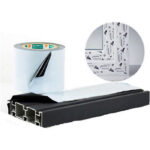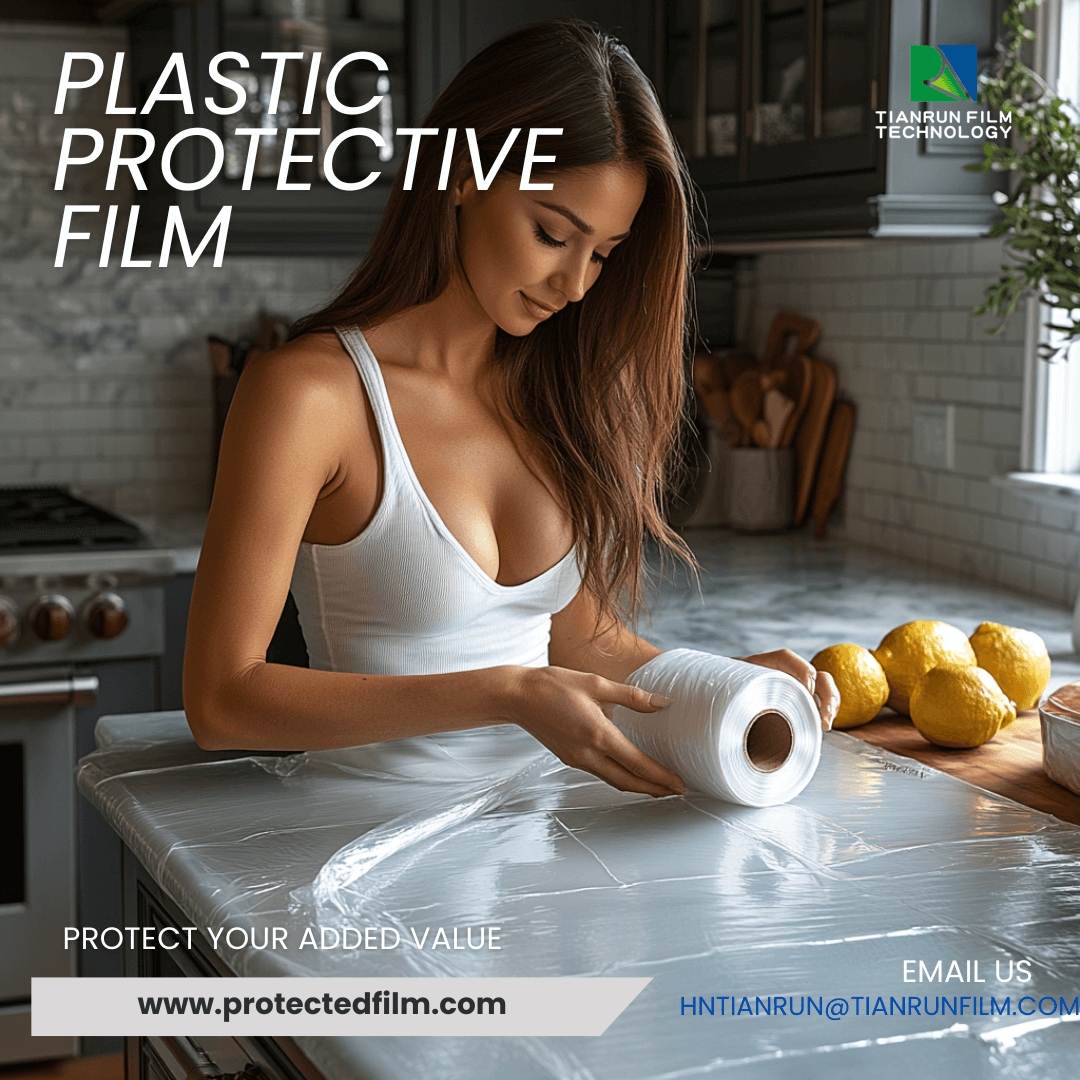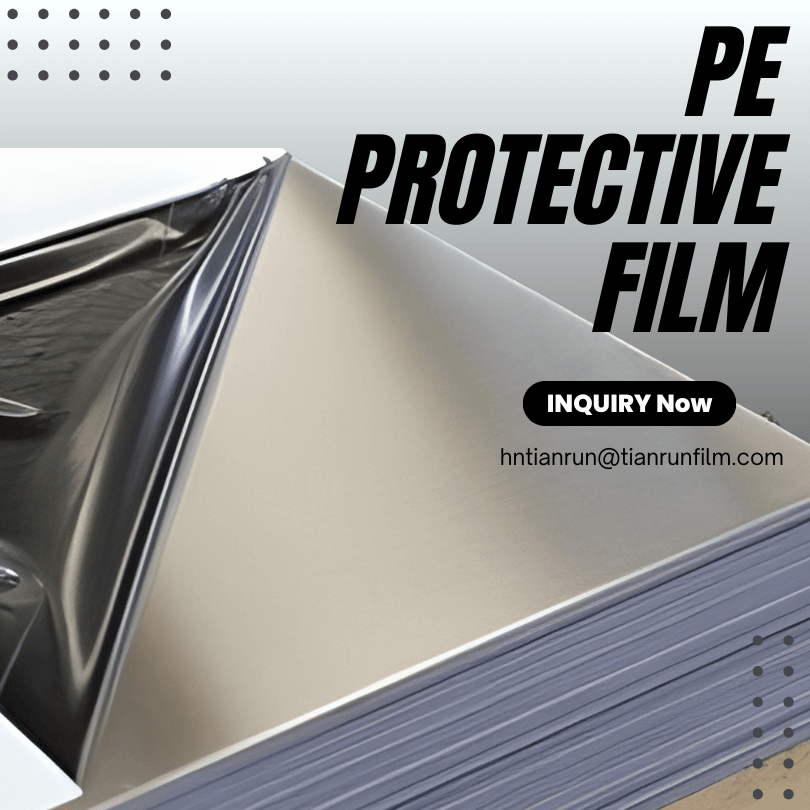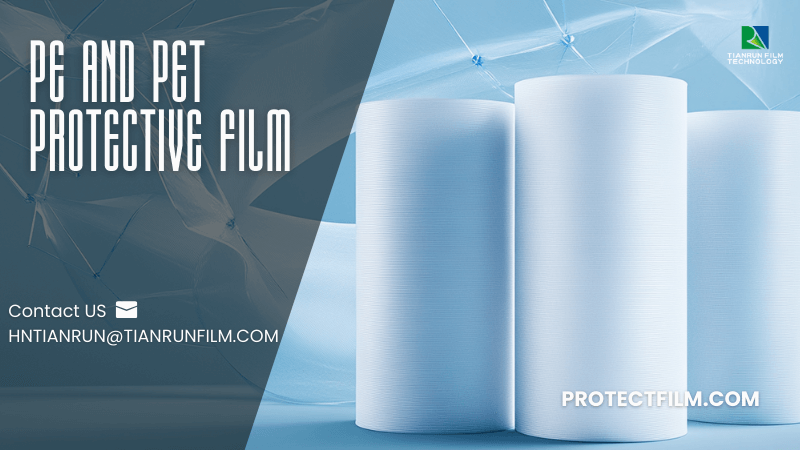Temporary window protection film provides a practical solution for safeguarding glass surfaces during construction or renovation. This film shields windows from scratches, spills, and other potential damage. The global market for window films is growing, with an expected value of USD 17 billion by 2030. This growth highlights the increasing importance of such protective measures. Window protection film offers benefits like blocking UV rays and enhancing safety and comfort. Understanding these advantages can help you make informed decisions about using temporary window protection film in various settings.
Understanding Temporary Window Protection Films
What Are Temporary Window Protection Films?
Definition and Purpose
Temporary window protection films serve as a barrier for glass surfaces. These films prevent damage during construction or renovation. The primary purpose involves shielding windows from scratches, spills, and other hazards. Armour Multi-Use Protection Tape exemplifies a thicker and more durable film. This product temporarily protects hard surfaces, including window and door frames.
Types of Films Available
Various types of temporary window protection films exist. Some films focus on impact resistance, while others emphasize UV protection or privacy enhancement. Safety Window Film provides temporary frosting. This versatile solution allows easy removal or replacement; users can adjust privacy levels as needed. Each type of film caters to different needs and preferences.
Why Use Temporary Window Protection Films?
Benefits for Homeowners
Homeowners gain numerous advantages from using temporary window protection films. Protection against accidental damage ranks high among these benefits. Films safeguard windows during home improvement projects. UV-blocking films also reduce heat and glare. This feature enhances comfort within the home. Privacy films offer additional security by obscuring views from the outside.
Benefits for Businesses
Businesses also benefit significantly from temporary window protection films. These films protect storefronts and office windows during renovations. Security films deter break-ins by reinforcing glass strength. Temporary films maintain aesthetic appeal while providing essential protection. Businesses can also use films to display promotional messages or branding. This dual-purpose functionality adds value to commercial spaces.
How to Choose the Right Temporary Window Protection Film
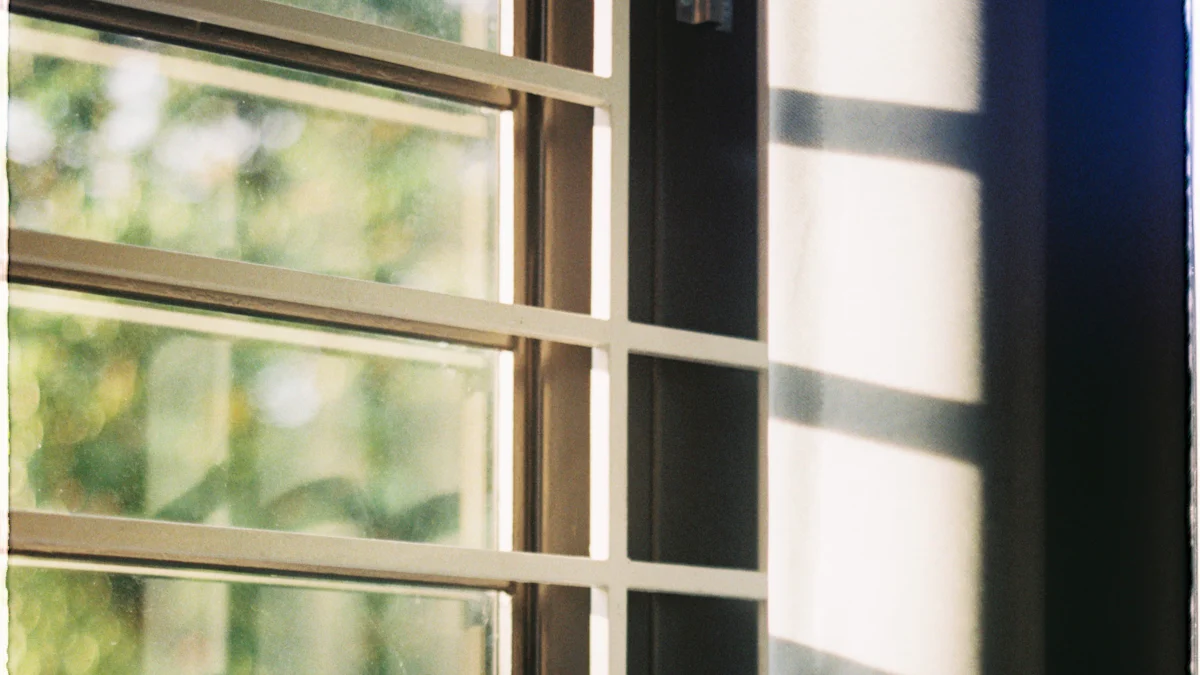
Factors to Consider
Material and Durability
Selecting a temporary window protection film involves evaluating the material. High-quality materials provide better protection against scratches and spills. Durable films withstand harsh conditions during construction or renovation projects. Consider films with UV protection to prevent sun damage. A durable film ensures long-lasting performance.
Ease of Application and Removal
Ease of application is crucial for temporary window protection films. Films should apply smoothly without bubbles or wrinkles. Look for products with clear instructions and necessary tools included. Removal should be straightforward, leaving no residue on the glass surface. User-friendly films save time and effort.
Comparing Different Brands and Products
Price vs. Quality
Price and quality often vary among brands. 3M offers top-tier UV protection, while Llumar focuses on advanced heat rejection. Solar Gard, Vista, and SunTek provide excellent value. Assess your budget and protection needs before choosing a brand. A higher price may reflect superior quality and features.
Customer Reviews and Recommendations
Customer reviews offer valuable insights into product performance. Reviews highlight the strengths and weaknesses of different films. Recommendations from other users guide you in making an informed decision. Positive feedback often indicates reliability and effectiveness. Consider customer experiences when selecting a window protection film.
Step-by-Step Guide to Applying Temporary Window Protection Films
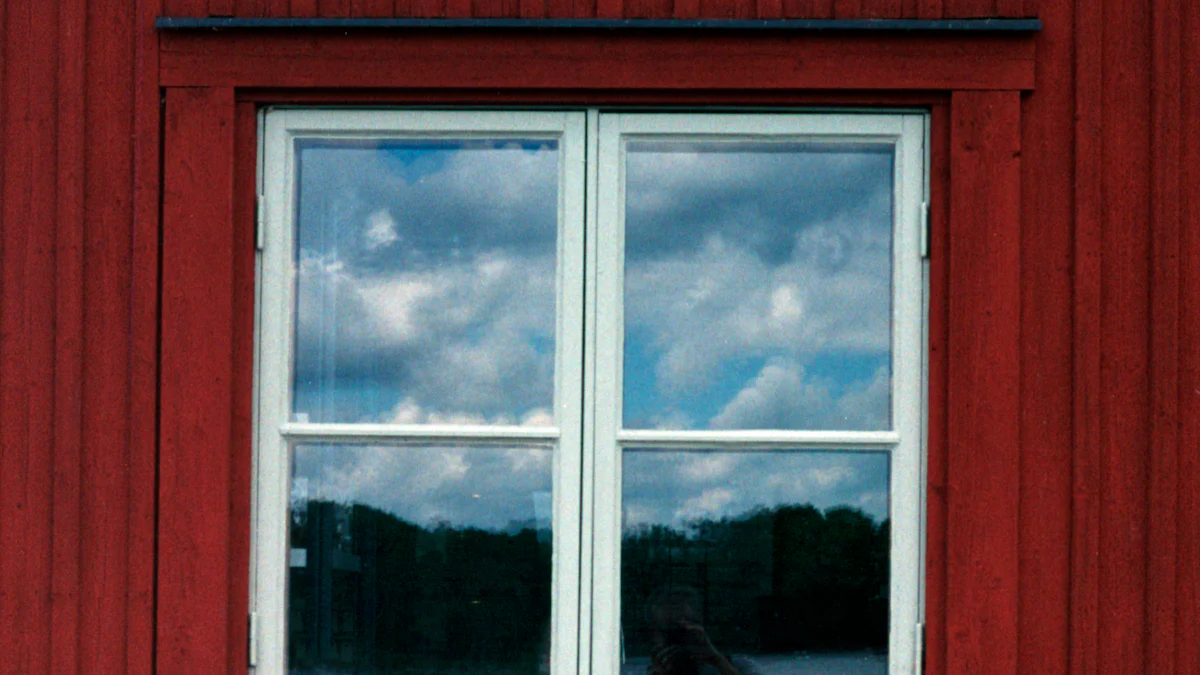
Preparation
Gathering Necessary Tools and Materials
Start by collecting all essential tools and materials. A squeegee, utility knife, measuring tape, and spray bottle are necessary. Ensure you have a clean cloth and a mild detergent solution. These items will assist in applying the window protection film.
Cleaning the Window Surface
Clean the window surface thoroughly. Use a mild detergent solution and a clean cloth to remove all dust, dirt, and grease. A clean surface ensures proper adhesion of the temporary window protection film. Dry the window entirely before proceeding to the next step.
Application Process
Measuring and Cutting the Film
Measure the window accurately. Use a measuring tape for precision. Cut the window protection film slightly larger than the window dimensions. Use a utility knife for a clean cut. This approach allows for adjustments during application.
Applying the Film to the Window
Spray the window with water from a spray bottle. The water acts as a lubricant. Position the temporary window protection film on the wet surface. Start from the top and work your way down. Use a squeegee to remove air bubbles and excess water. Ensure the movie adheres smoothly to the glass.
Post-Application Tips
Ensuring Proper Adhesion
Check the edges of the film. Press firmly to ensure proper adhesion. Use the squeegee to smooth out any remaining bubbles. Proper adhesion enhances the effectiveness of the window protection film.
Troubleshooting Common Issues
Inspect the film for any issues. Wrinkles or bubbles may appear. Use the squeegee to address these problems. If the film does not adhere well, reapply it. Ensure the window surface is clean and wet during reapplication.
Additional Considerations and FAQs
Maintenance and Care
Cleaning the Films
Cleaning temporary window protection films requires gentle care. Use a mild detergent solution with a soft cloth to prevent scratches. Avoid abrasive materials to prevent scratches. Regular cleaning maintains clarity and effectiveness. A clean film enhances the overall appearance of windows.
Longevity and Replacement
Temporary window protection films offer durability. High-quality films can last up to 12 months. Inspect films regularly for signs of wear or damage. Replace films when necessary to ensure continued protection. Proper maintenance extends the lifespan of the movie.
Frequently Asked Questions
Can Films Be Reused?
Reusing temporary window protection films depends on the material. Some films allow multiple applications. Handle films carefully during removal to avoid damage—store films in a clean, dry place for future use. Check manufacturer guidelines for specific reuse instructions.
Are They Safe for All Window Types?
Temporary window protection films suit most window types. Ensure compatibility with your specific glass type. Consult product specifications for safety information. Films provide adequate protection without compromising window integrity. Always follow installation instructions for optimal results.
Temporary window protection films offer a multitude of benefits. These films reduce energy costs and enhance the view of your surroundings. Security films improve safety by reinforcing glass and preventing forced entry. Window films provide a cost-effective solution for reducing risks and protecting windows from hazards. Consider these films for both residential and commercial use. Temporary window protection films strengthen glass panes and prevent shattering, minimizing injury risks. Make an informed decision by evaluating the advantages and choosing the correct movie for your needs.

